The Most Striking Branding Trends in 2023
As the business landscape evolves, branding continues to be a critical factor in differentiating companies and capturing consumer attention. In 2023, several key branding trends are shaping the way brands interact with their audiences and establish their identities. Here’s a look at the most striking branding trends of the year:
1. Authenticity and Transparency
Consumers are increasingly valuing authenticity and transparency from brands. In 2023, companies are focusing on honest communication and clear values to build trust. Brands are sharing behind-the-scenes content, being transparent about their practices, and standing firm on social and environmental issues. Authentic storytelling and ethical practices are becoming essential components of a brand’s identity.
2. Sustainability and Purpose-Driven Branding
Sustainability remains a significant trend, with more brands integrating environmental and social responsibility into their core values. Brands are not only adopting eco-friendly practices but also advocating for broader sustainability initiatives. Purpose-driven branding, where companies champion specific causes or societal issues, is resonating strongly with consumers who want to support brands aligned with their values.
“Brush up on colors and their associated emotions to make sure you nail the mood and tone of your brand.”
3. Personalization and Customer Experience
Personalization is at the forefront of branding strategies in 2023. Brands are leveraging data and AI to create tailored experiences and targeted content for their audiences. Personalized marketing, from product recommendations to custom messaging, enhances customer engagement and loyalty. Brands are also focusing on improving overall customer experience, ensuring that every interaction is relevant and meaningful.
4. Interactive and Immersive Content
Interactive and immersive content is gaining traction as brands seek to engage consumers more deeply. Augmented reality (AR) and virtual reality (VR) are being used to create engaging experiences, such as virtual try-ons and interactive product demos. These technologies enhance customer interaction and offer unique ways for brands to showcase their products.
5. Inclusive and Diverse Representation
Diversity and inclusion are critical components of modern branding. Brands are prioritizing inclusive representation in their marketing materials, product offerings, and organizational practices. Embracing diversity helps brands connect with a broader audience and demonstrates a commitment to social progress.
6. Minimalism and Simplified Design
Minimalist branding continues to be popular, with brands opting for clean, simple designs and messaging. This trend focuses on clarity and ease of understanding, eliminating clutter and emphasizing essential elements. Minimalist design can make a brand’s identity more recognizable and memorable.
7. Influencer Partnerships and Micro-Influencers
Influencer marketing remains a powerful tool, but the focus is shifting towards partnerships with micro-influencers and niche content creators. These influencers often have highly engaged audiences and can offer more authentic connections. Brands are collaborating with micro-influencers to reach specific target groups and build genuine relationships.
8. AI and Automation in Branding
Artificial intelligence and automation are transforming branding strategies. AI tools are being used for everything from content creation and customer service to data analysis and trend forecasting. Automation helps brands streamline processes and enhance efficiency, allowing for more dynamic and responsive branding efforts.
9. Community Building and Engagement
Building and nurturing communities around brands is becoming increasingly important. Brands are creating platforms and spaces where customers can connect, share experiences, and engage with each other. Community-driven branding fosters loyalty and creates a sense of belonging among consumers.
10. Experiential Marketing
Experiential marketing is gaining momentum as brands look for ways to create memorable and impactful experiences. From pop-up events and immersive installations to interactive online experiences, brands are investing in opportunities that allow consumers to engage with their brand in a tangible and meaningful way.
In Summary: The branding landscape in 2023 is characterized by a focus on authenticity, sustainability, and personalized experiences. Brands are embracing technology and innovation to create engaging, inclusive, and memorable interactions with their audiences. By staying attuned to these trends, companies can effectively differentiate themselves and build strong connections with their customers.




